
Blended Learning Strategy and Design
Design the Right Strategy, Deliver the Ideal Mix
When your learners experience the right mix of tools and content at the right time, they learn faster and more effectively—and the skills and knowledge they gain become transformative.
From creating individual learning elements like eLearning courses, engaging instructional videos, explainer animations, and interactive quizzes to creating dynamic blended learning experiences where we combine modern methodologies and modalities, our specialists in blended learning design create learner-centric journeys that achieve your desired learning outcomes.
With the unmatched skills and expertise of our innovative blended learning designers, we can develop bespoke learning assets that:
- Captivate and engage learners at their point of need
- Deliver exceptional learning outcomes
- Drive business success
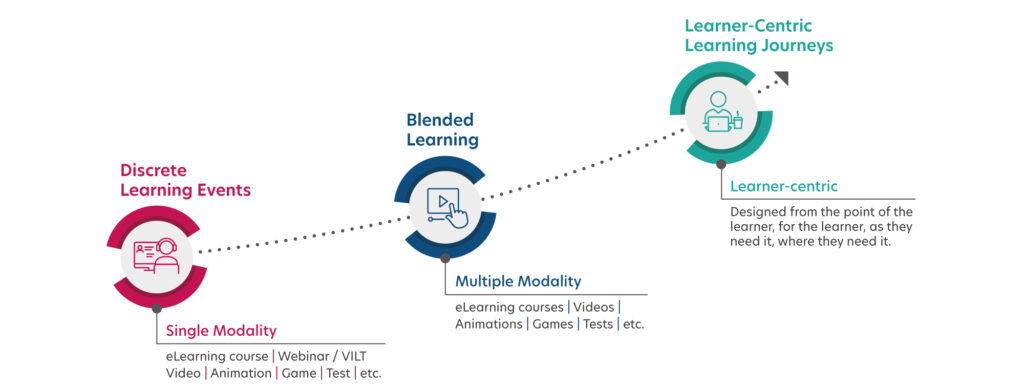
Learners at the Heart of the Experience
During our blended learning strategy design process, your people are always at the heart of our work. As long-time innovators and advocates of blended learning, with exceptional experience serving the world’s biggest brands—including over 25% of the Fortune 500—we’ve developed proven solutions, methods, and approaches. Our blended learning design model counts 10 foundations for optimized blended learning ecosystems:
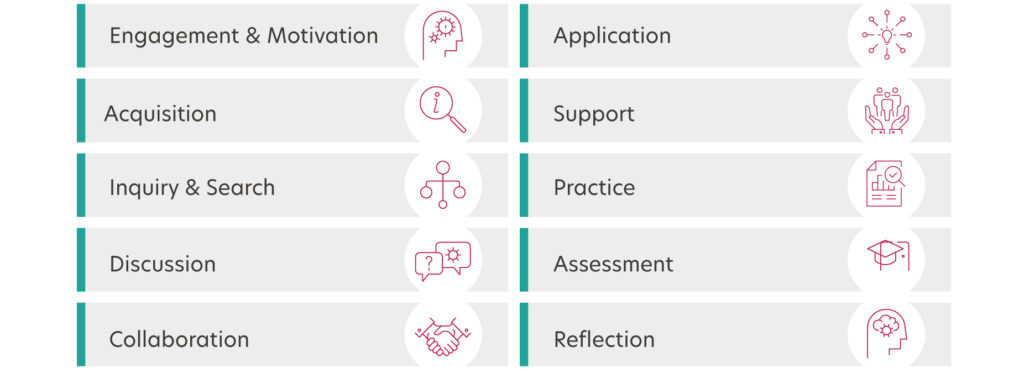
Learner Journeys that Work
Learning is always a journey that evolves over time; it is never an isolated event. We deploy proven learning tools and strategies to keep your learners engaged and their learning sustained. These include spaced practice and nudging, gamified learning, immersive experiences, and exploring how ongoing manager coaching and support can positively impact the blend of learning. We emphasize key themes that drive an engaged and energized audience over time, including:

Mission and Vision
Your learners will always understand why they’re completing each learning module, how it fits into their learning journey, and what’s coming next—this will allow their learning to become deeply embedded.
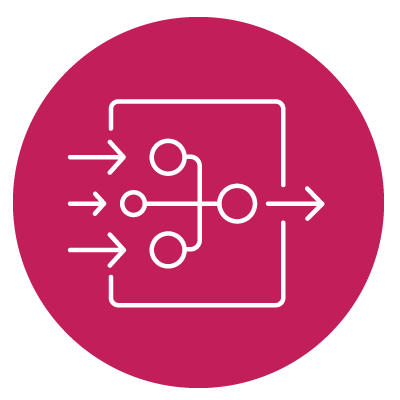
Context and Signposting
Your learners will always understand why they’re completing each learning module, how it fits into their learning journey, and what’s coming next—this will allow their learning to become deeply embedded.
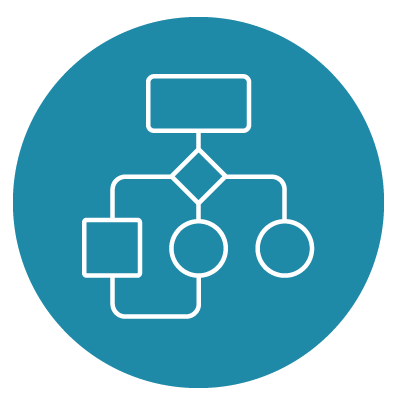
Variety
Your learners’ different learning behaviors—such as learning, playing, practicing, reflecting, sharing, and socializing—should be carefully balanced to vary the pace of the learning journey. Variety increases attention, engagement, and allows your learners to learn faster and more effectively.
Align. Deliver. Sustain.
How blended learning is deployed and delivered is as important as its foundations and resources. Based on over 30 years of designing learning programs, we’ve perfected a core strategy to drive behavioral change through blended learning journeys: Align, Deliver, Sustain. We create alignment between your goals and our methods. We design and deliver innovative learning solutions with the necessary scope and depth. And we sustain continuous goal alignment, designed creatively, to optimize delivery over the long-term.
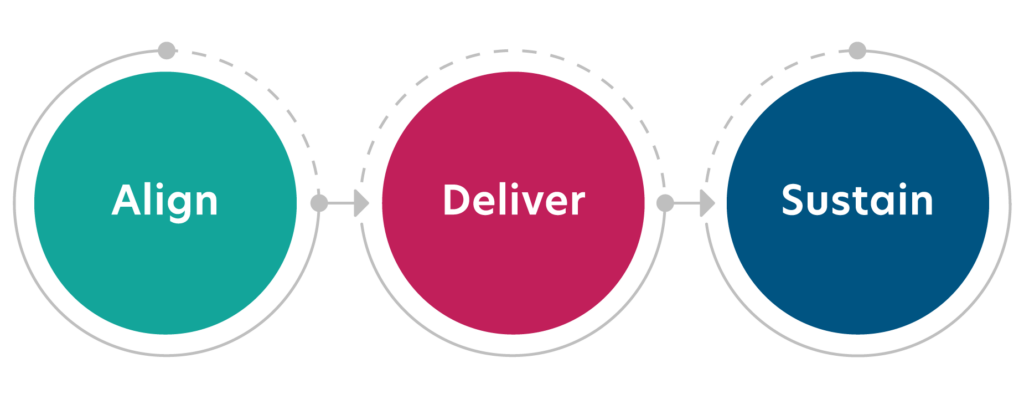
This effective approach to blended learning strategy and delivery targets and aligns learner emotion and motivation, delivering core information and effective learning that maintains new learned behaviors in the workplace.
Get in touch.
Learn more about our talent transformation solutions.
Transformation doesn’t happen overnight if you’re doing it right. We continuously deliver measurable outcomes and help you stay the course – choose the right partner for your journey.
Our suite of offerings include:
- Consulting Services | Aligning vision and strategy to deliver integrated and systemic business results to drive growth and change through people.
- Learning Services | Modern learning strategies, content, experiences, and delivery approaches that optimize workforce performance.
- Technologies | An ecosystem of learning and talent tools, systems, platforms, and expertise that enable learning and talent transformation.

Your Talent Transformation Partner
